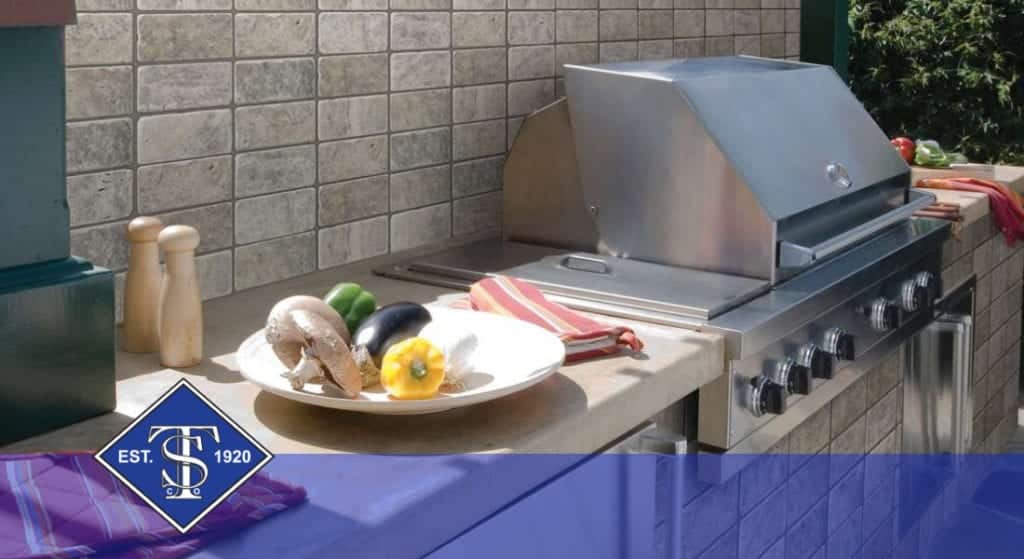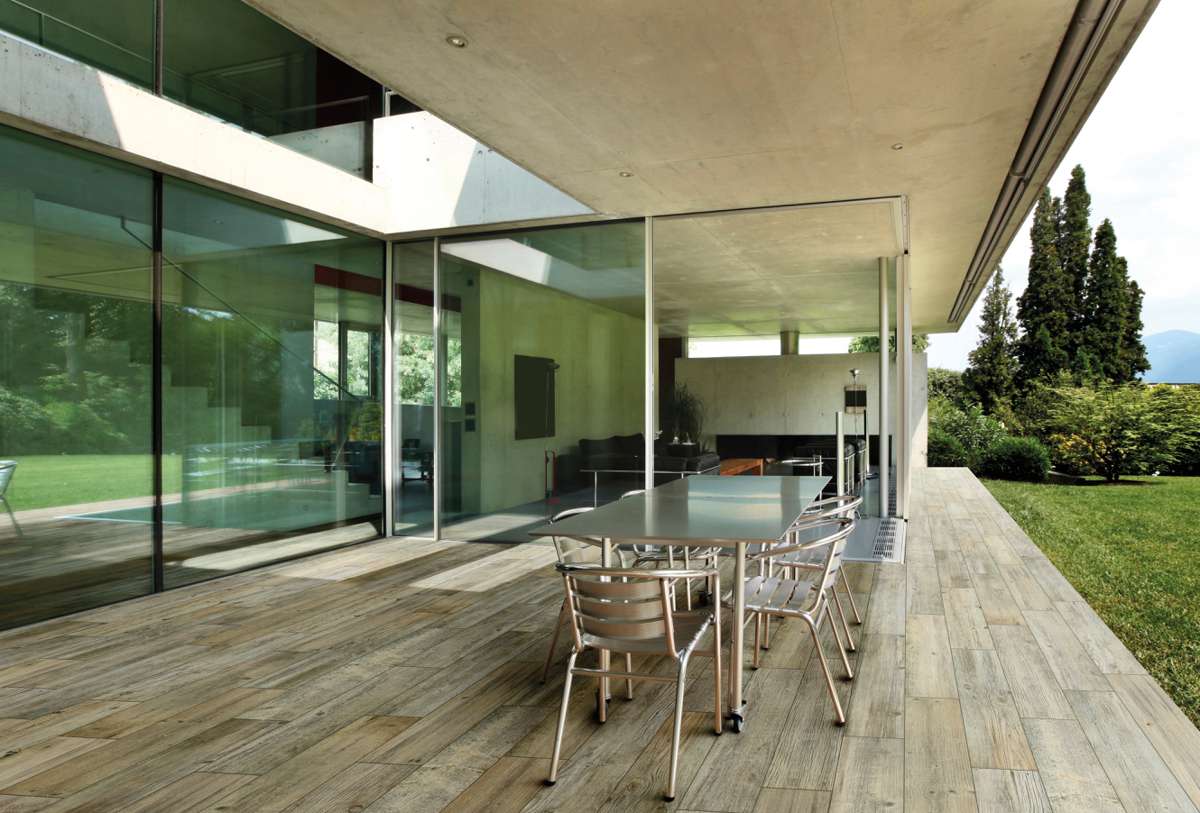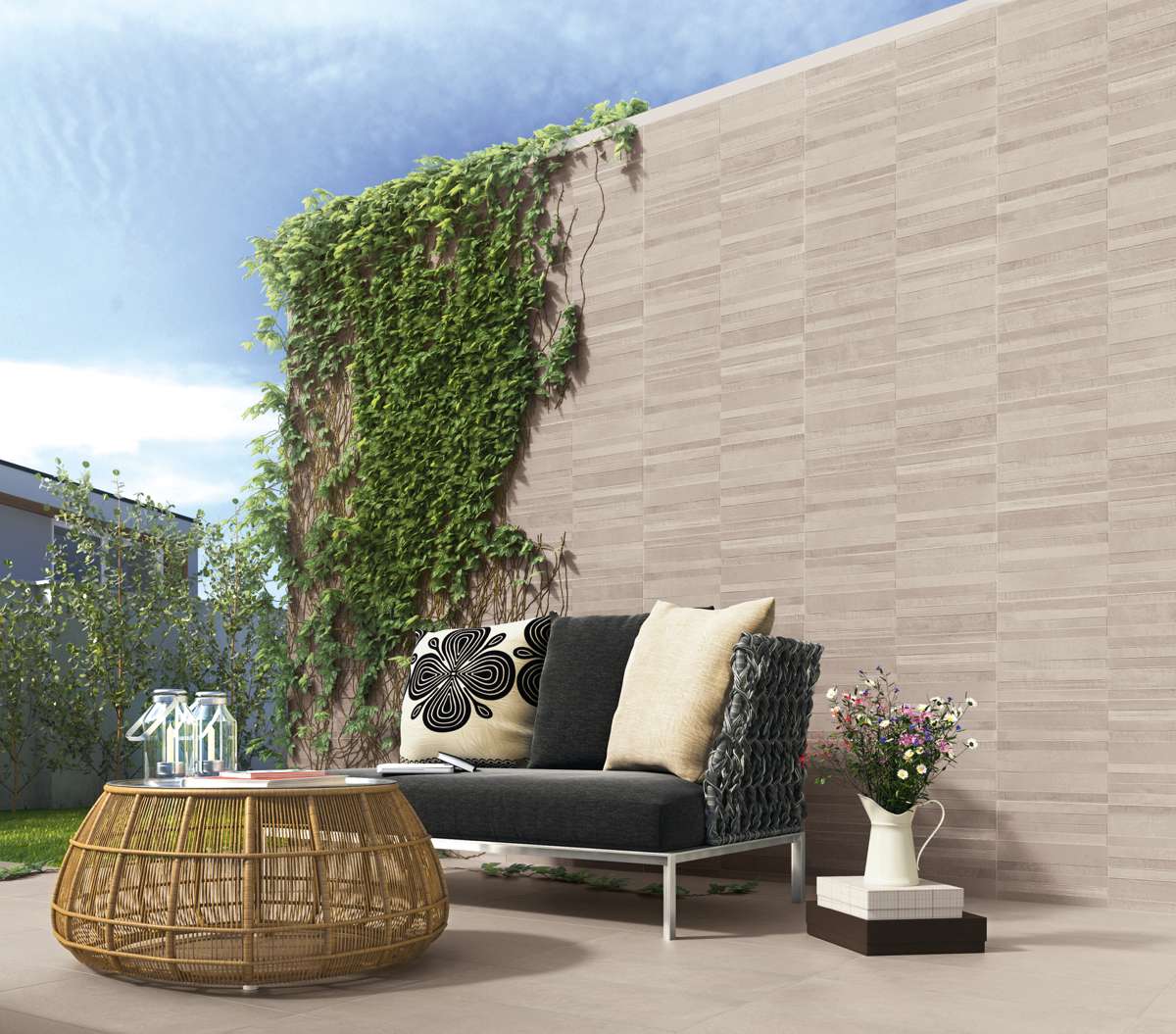
4 Rules For Outdoor Tile
Share
These days, outdoor patio tile ideas are abound as homeowners strive to expand their enjoyment of their outdoor spaces. Because the tile is being installed outdoors instead of inside the home, the approach is different. There are a number of specific items that must be considered.
Looking for outdoor tile? Browse our inventory at one of our 6 NJ locations:
Standard Tile In Jersey City NJ
Weather Considerations
When selecting outdoor tile for decks and other applications, the number one element to consider is the weather. Because the Northeast gets extremely cold in the winter, only a tile that is able to withstand these variations is suitable. For example, not only must the tile be able to perform well in the extreme cold that the Northeast is known for but it also must withstand excessive heat, ice, rain, snow and more.
Only porcelain tile is suitable for outdoor projects in the Northeast. Most porcelain tile has an absorption rate of 0.5 percent or less. This is well under the three percent absorption rate that is the industry standard for outdoor tile. As a general rule, sticking with porcelain tile ensures that the tile won’t absorb a great deal of moisture. Doing so will eventually lead to cracking from the freeze/thaw cycle. It’s a good idea to check with the salesperson to determine the absorption rate of the tile.

Choose a Textured Surface
Non-slip outdoor tile is a must because rain and snow could lead to slipping and falling. Check the dynamic coefficient of friction rating (DCOF) of the tile. A rating of at least 0.42 or higher is ideal for outdoor surfaces. This means that the tile has been tested to ensure that it’s not so slippery in wet conditions that it could cause someone to fall.
Just as the absorption rate of the tile is often not spelled out on the box, the DCOF information also might not be. Check the manufacturer specifications before purchasing.
Installation Surface
If you’re asking yourself, “how to lay outdoor tile on dirt?” The answer is – you do not want to lay tile on dirt. If you’re placing it on a dirt surface, pavers — not tile — would need to be used. Tile needs to be installed on top of a concrete slab.
The preparation of the concrete slab is important for the integrity and performance of the tile. For example, tiling a patio means that the pitch of the slab must be away from the house. This avoids the issue of water running toward the home’s foundation.
Leaving expansion joints every 8 to 12 feet allows for natural movement as the tile reacts to the changes in temperature. This expansion joint is filled with a flexible sealant that allows for movement.
On top of the cement slab, an uncoupling membrane that’s approved for use outdoors ensures that any cracking won’t transfer to the tile. A couple of examples of uncoupling membranes include Laticrete Stratamat and Schluter Ditra mat.

Installation Materials
Using a high-quality polymer-modified thin-set when installing tile outdoors is crucial to its success. Laticrete 254 Platinum is rated for exterior use. An excellent exterior grout is Laticrete Permacolor because there is no discoloration from the presence of salt crystals on the tile.
Before installation, ensure that the outdoor temperature is between 50 and 90 degrees. Otherwise, the materials won’t perform satisfactorily.
Takeaways
- The absorption rate must be 0.5 percent or less to avoid cracking.
- The dynamic coefficient of friction rating (DCOF) must be 0.42 percent or higher to avoid slippage.
- Proper preparation of the installation surface involves several steps and is vital to the success of the project.
- Use only high-quality installation materials that have been designed for use outdoors.
Standard Tile has five outdoor tile stores conveniently located throughout New Jersey. Their knowledgeable staff is passionate about finding the ideal tile solutions for each customers’ unique situation. Contact them today to learn more or visit one of their must-see showrooms.